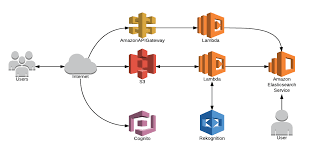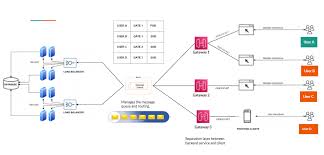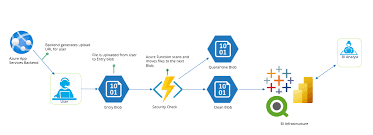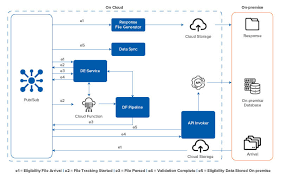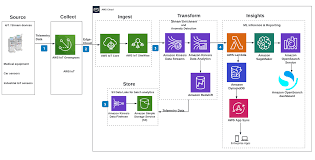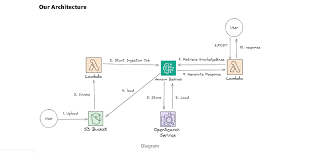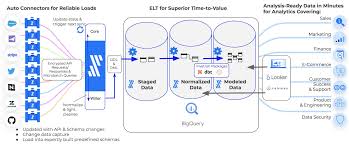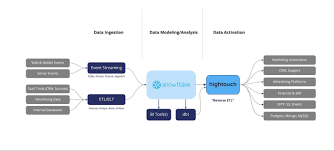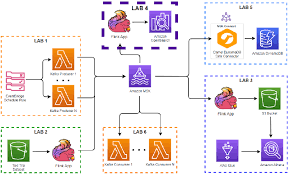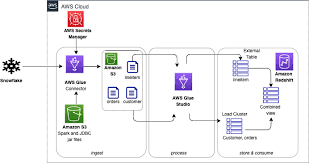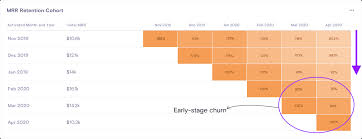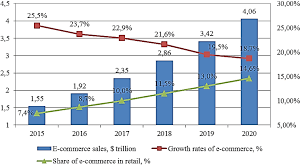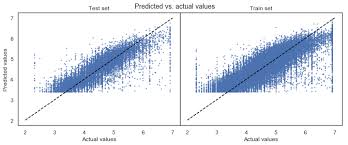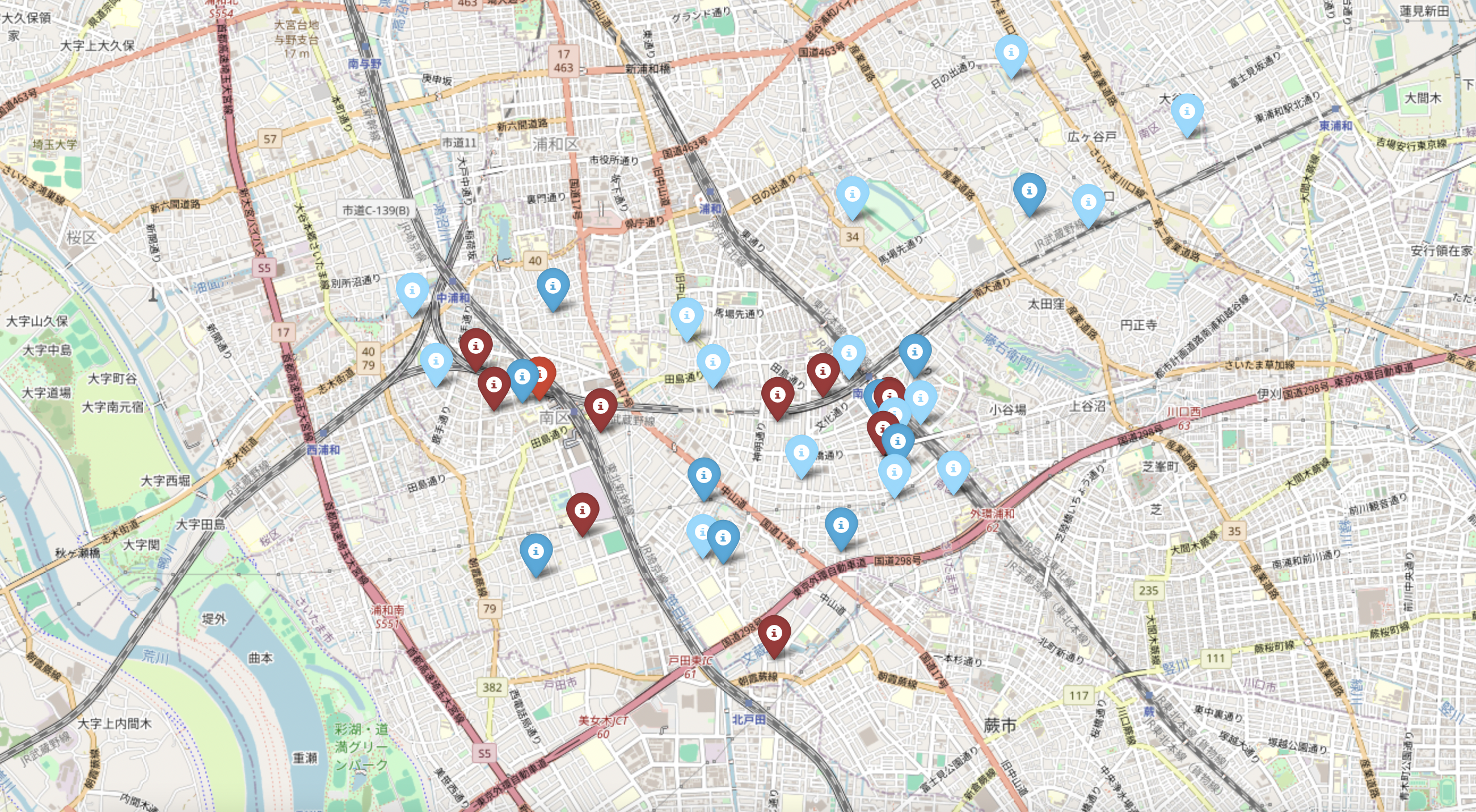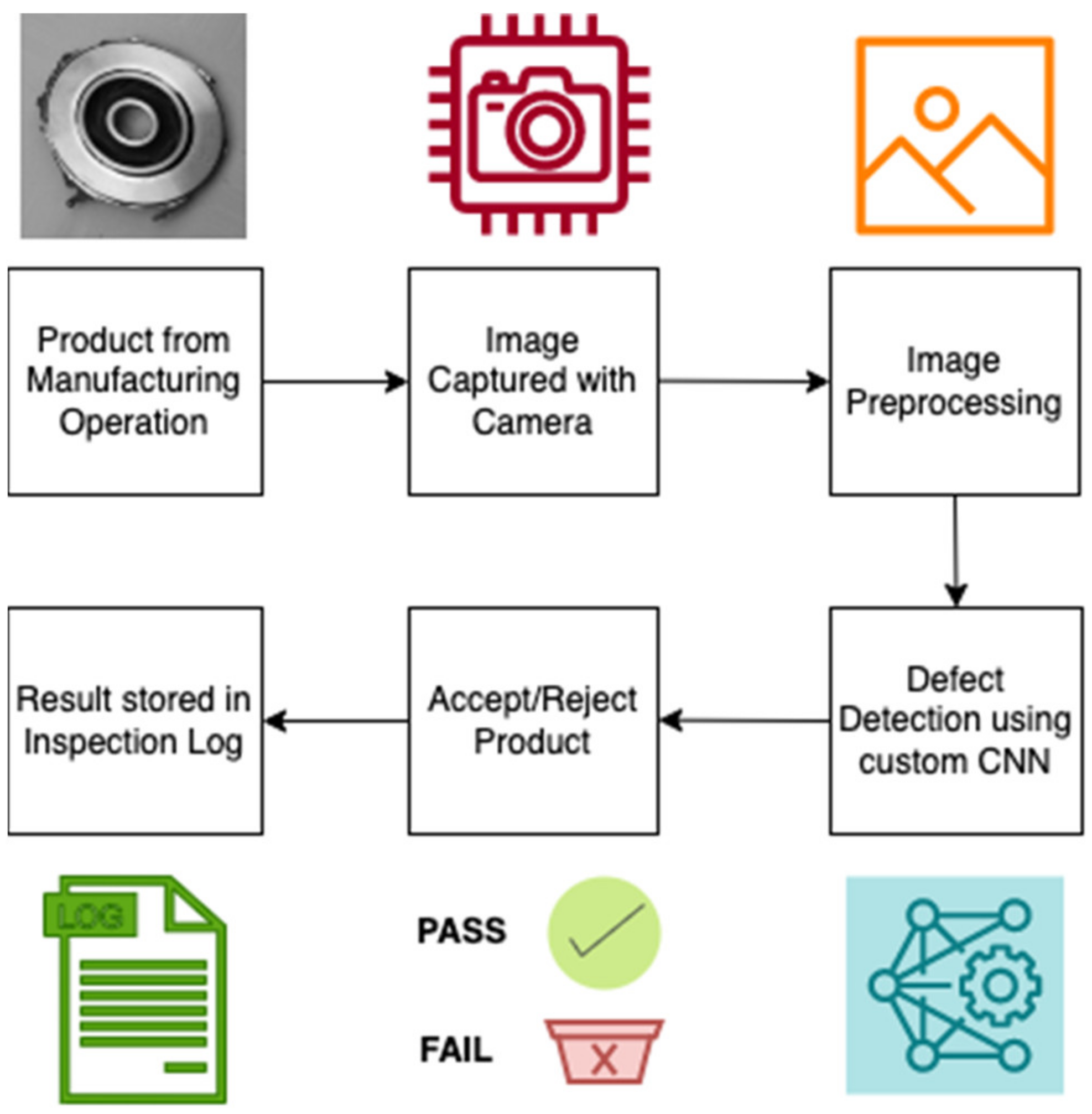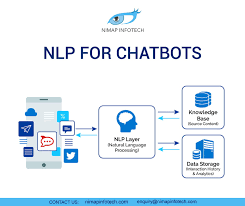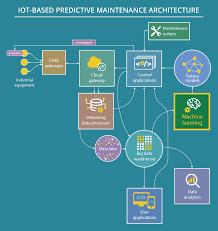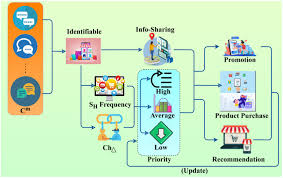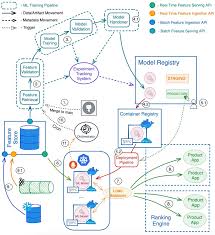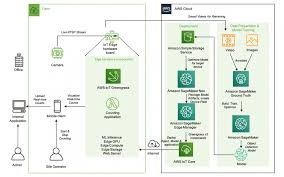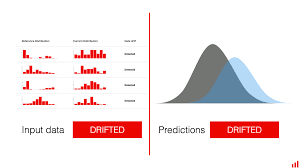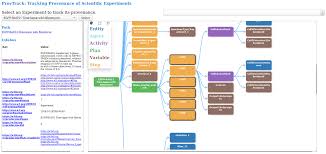Front End Dev
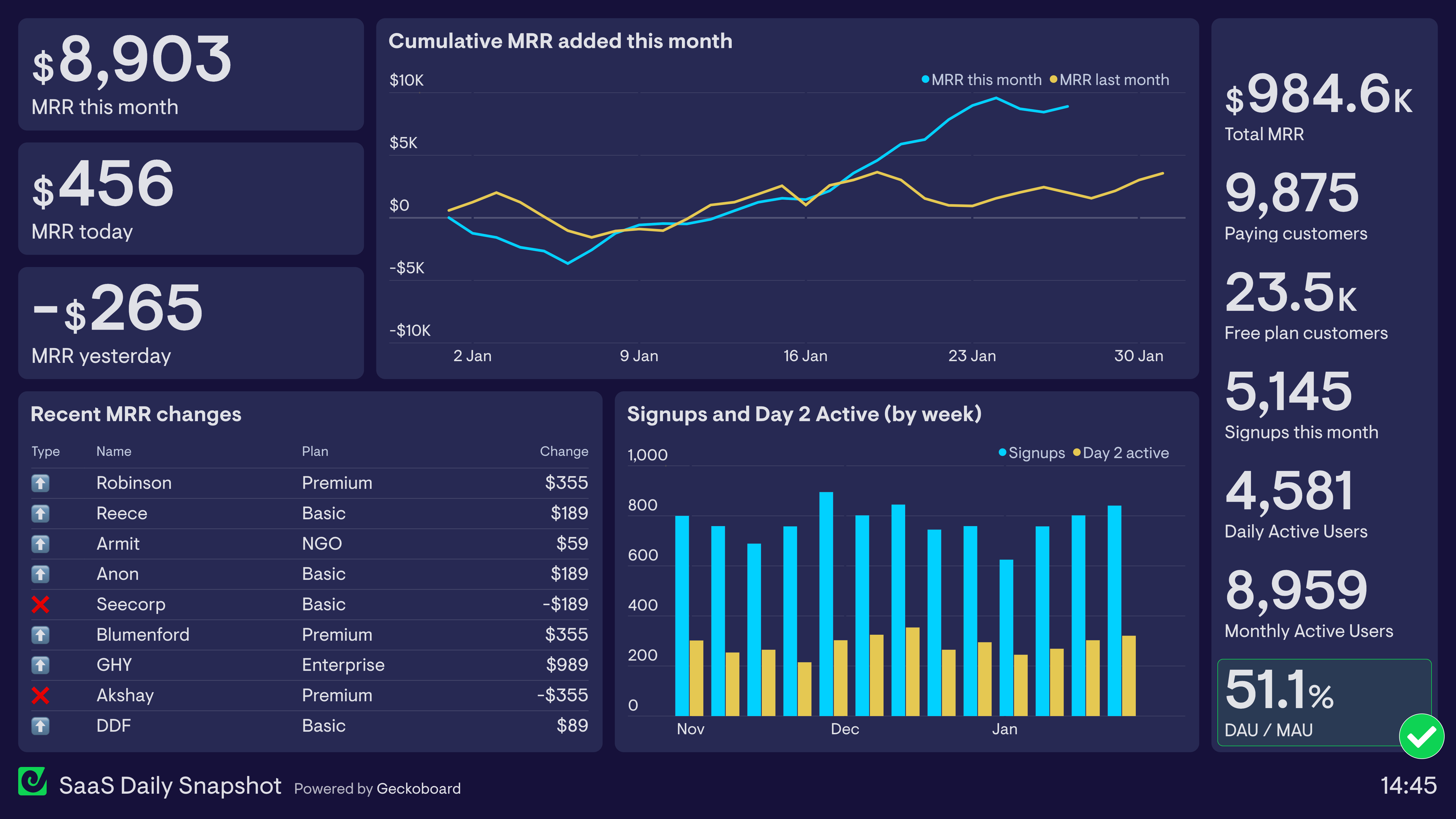
SaaS Analytics Dashboard
A multi-tenant SaaS analytics dashboard that allows businesses to visualize key performance metrics from third-party APIs like Google Analytics or Stripe. Users can log in, connect their accounts, and view charts, tables, and trends for their KPIs.
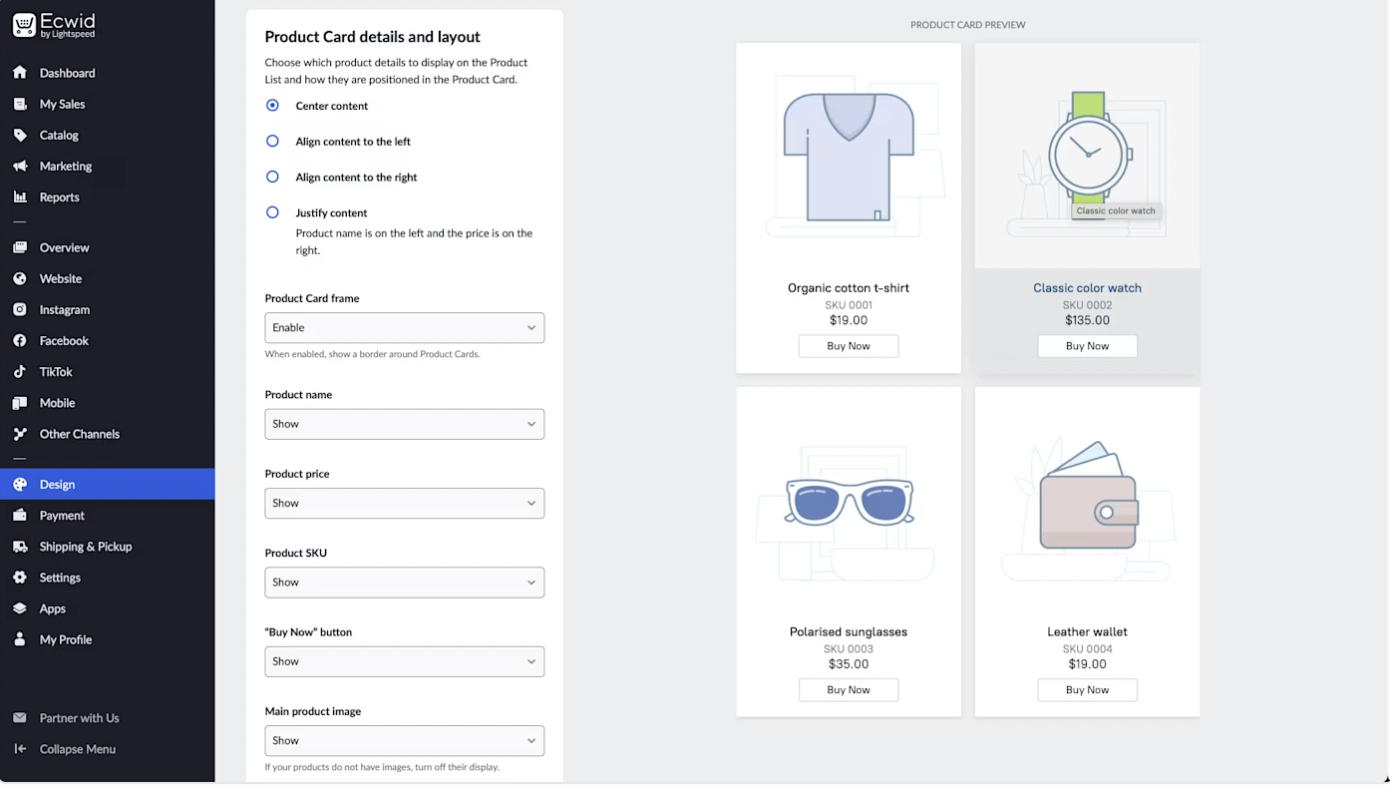
E-Commerce Platform
A full-featured e-commerce web app where users can browse products, add to cart, and pay via Stripe. Admins can add/edit products through a secure dashboard. Includes user auth, order tracking, and search functionality.
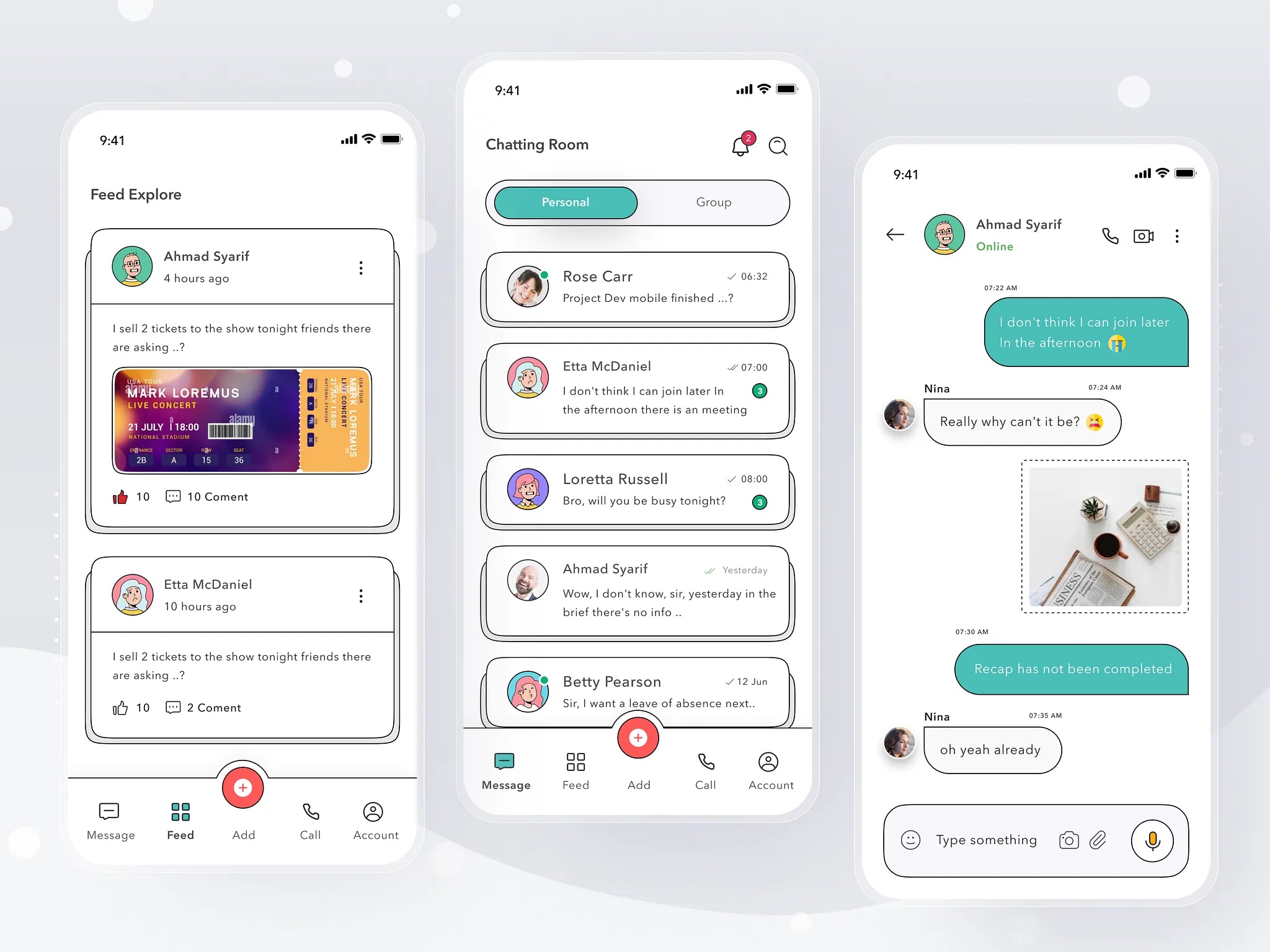
Real-time Chat App
Real-time chat application where users can join public or private rooms, send messages, and see others typing live. Includes emoji support, file sharing, and presence tracking.

Blog CMS Platform
A full-stack content management system that allows users to write, format, and publish blog posts using Markdown or WYSIWYG editors. Includes image upload, category tags, post drafts, and user roles (writer, editor, admin).
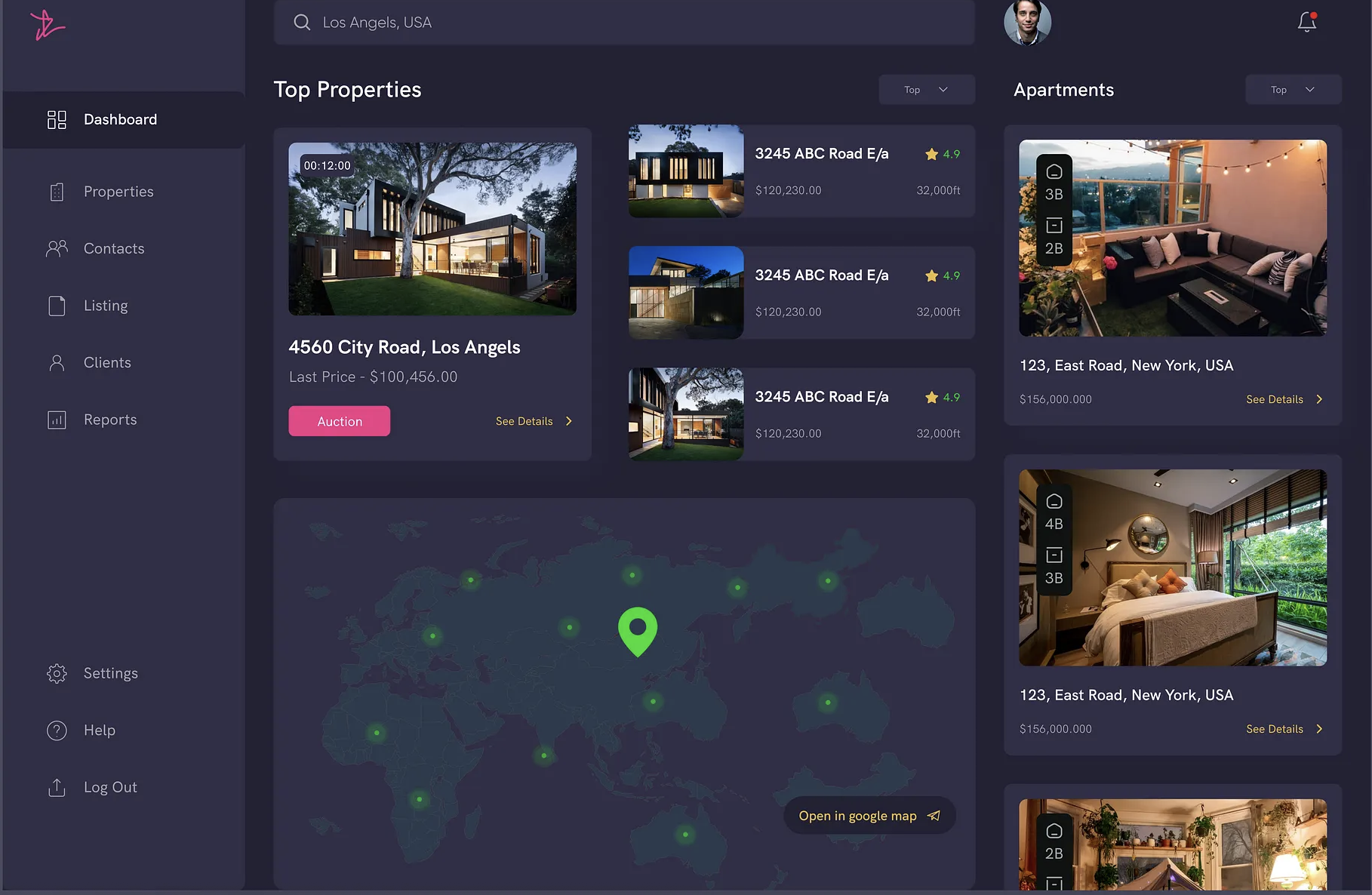
Real Estate Explorer
An interactive tool to explore properties based on pricing and location. Users can view property details, historical pricing trends, and nearby amenities. It features secure authentication, user favorites, and a dashboard for saved searches. Real Estate Explorer is ideal for showcasing data visualization, geolocation, API integration, and CRUD functionality in a real-world context.
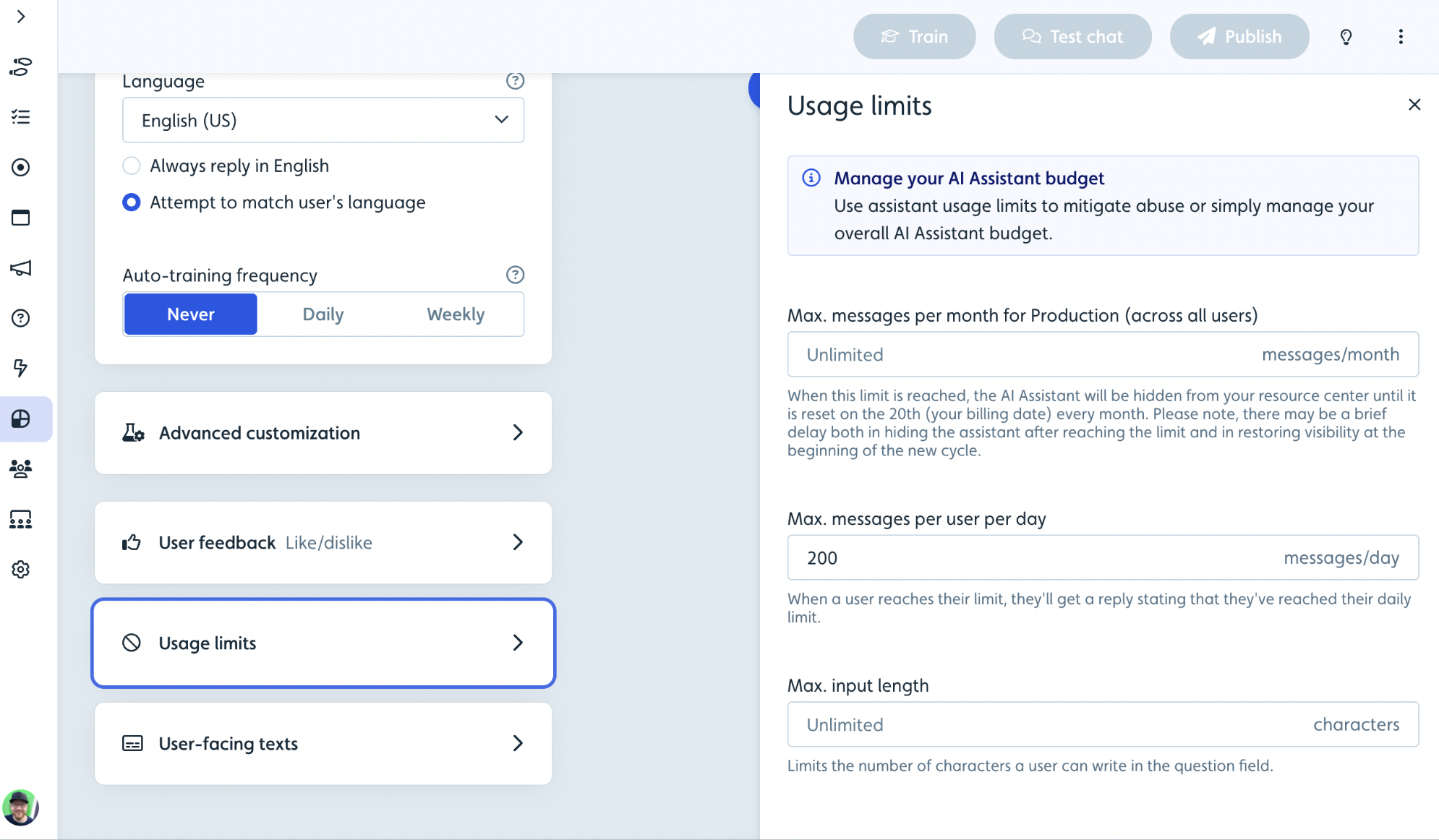
AI Assistant App
The AI Assistant app is a full-stack application designed to provide contextual, personalized, and real-time assistance to users. It features a chat-style interface with markdown rendering, code highlighting, and tool integration panels. The assistant supports both text and voice input, with speech-to-text handled via Whisper API. OpenAI's GPT-4 API is used as the core LLM engine for natural language processing and generation.
